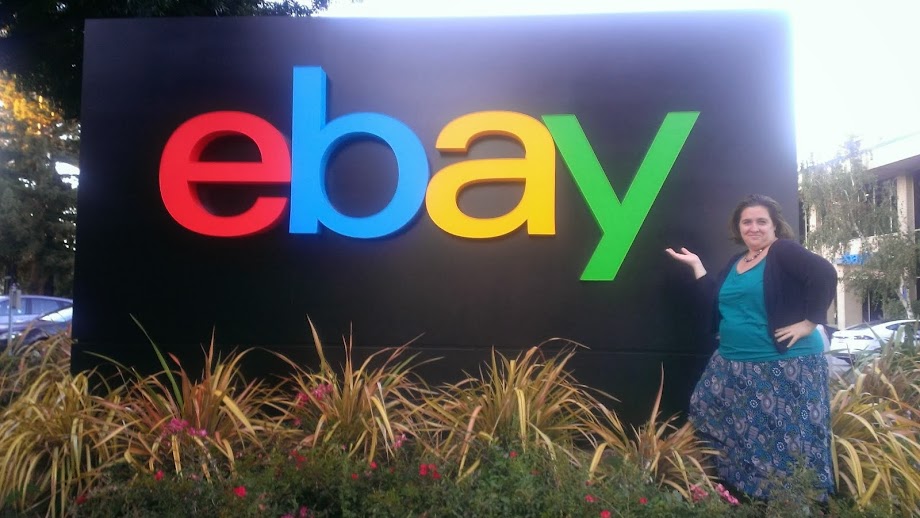Let me start by thanking everyone for their patience in the time between posts. I am sorry if I left you hanging with Cassini news. The more I studied the more I learned, and I did not want to give incomplete information because I didn't spend enough time researching.
I will pick-back up with Cassini soon. I think I've gotten to a point where I comprehensively understand it.
For now, I wanted to show something really cool. This is a new Google change, which eBay is maximizing for optimum convenience.
Back in May, I first noticed this change.
Inside the Gmail account I use with eBay, a "Track package" button appeared in the summary list of my e-mail messages. If you use Gmail, it is no longer necessary to open the message to track your eBay purchase.
The next change I discovered today. I accidentally typed "ebay" in the Google search box instead of in the browser bar. Look what appeared!
The next change I discovered today. I accidentally typed "ebay" in the Google search box instead of in the browser bar. Look what appeared!
Since I was logged-in to my Google account at the time, Google tapped-in to my Gmail and gave me a shipping update right on the search results page!
I must admit, it did feel a little "big brother", but as a buyer the convenience was really nice.
I clicked through and found a log of my recent eBay purchases. By clicking the drop-down carrot on each one, I saw a summary of my order.
Google's goal is to "make is as easy as possible for you to find the information you need and get the things you need to do done. I can see how this fits-in with that underlying intent.
As a seller, I do have a slight concern that it is now one less opportunity to drive buyers back onto the marketplace (I always log-in to eBay to track my packages). As a buyer I think it's very convenient.
What are your thoughts? Please share them in the comments below.














